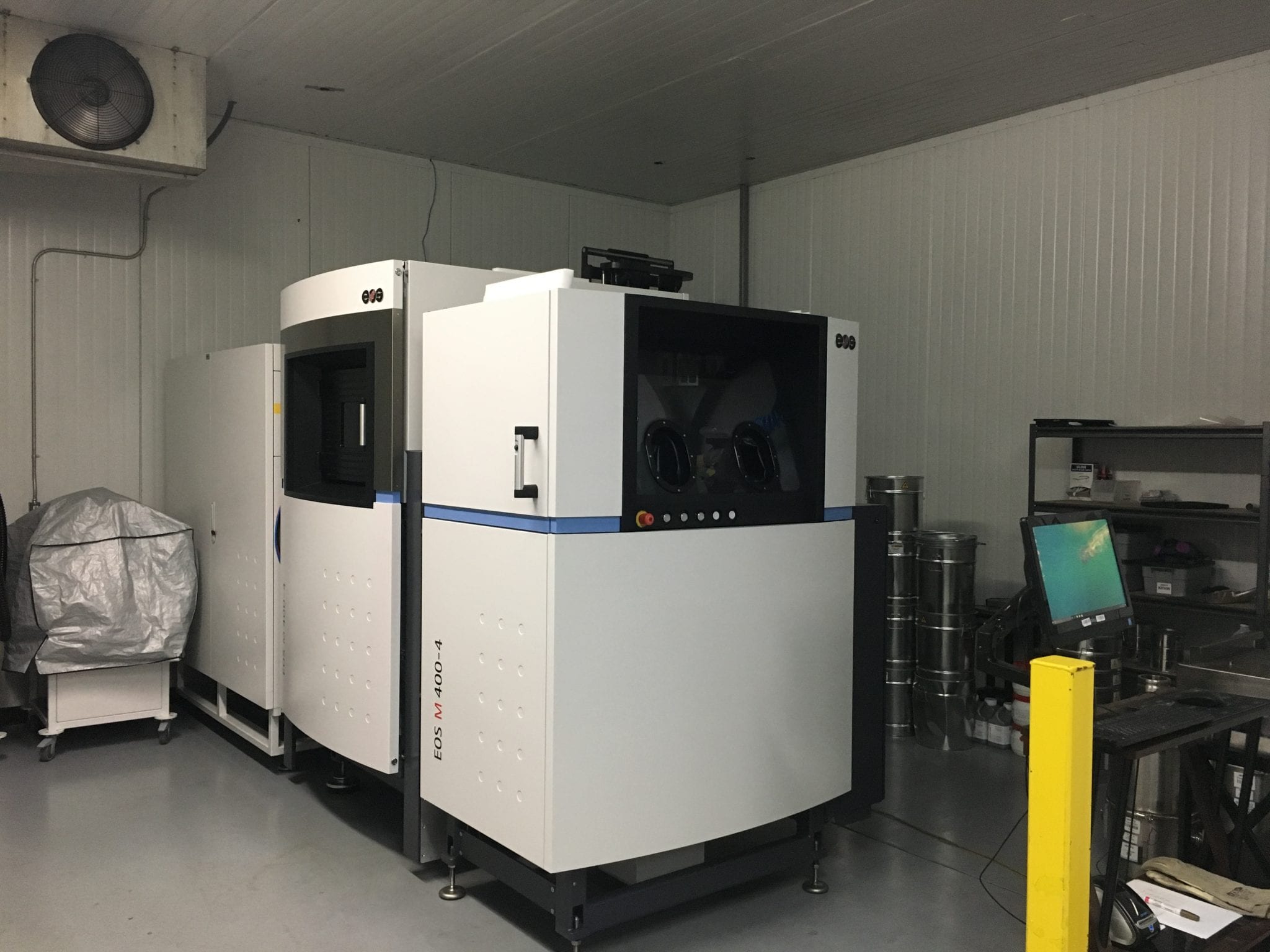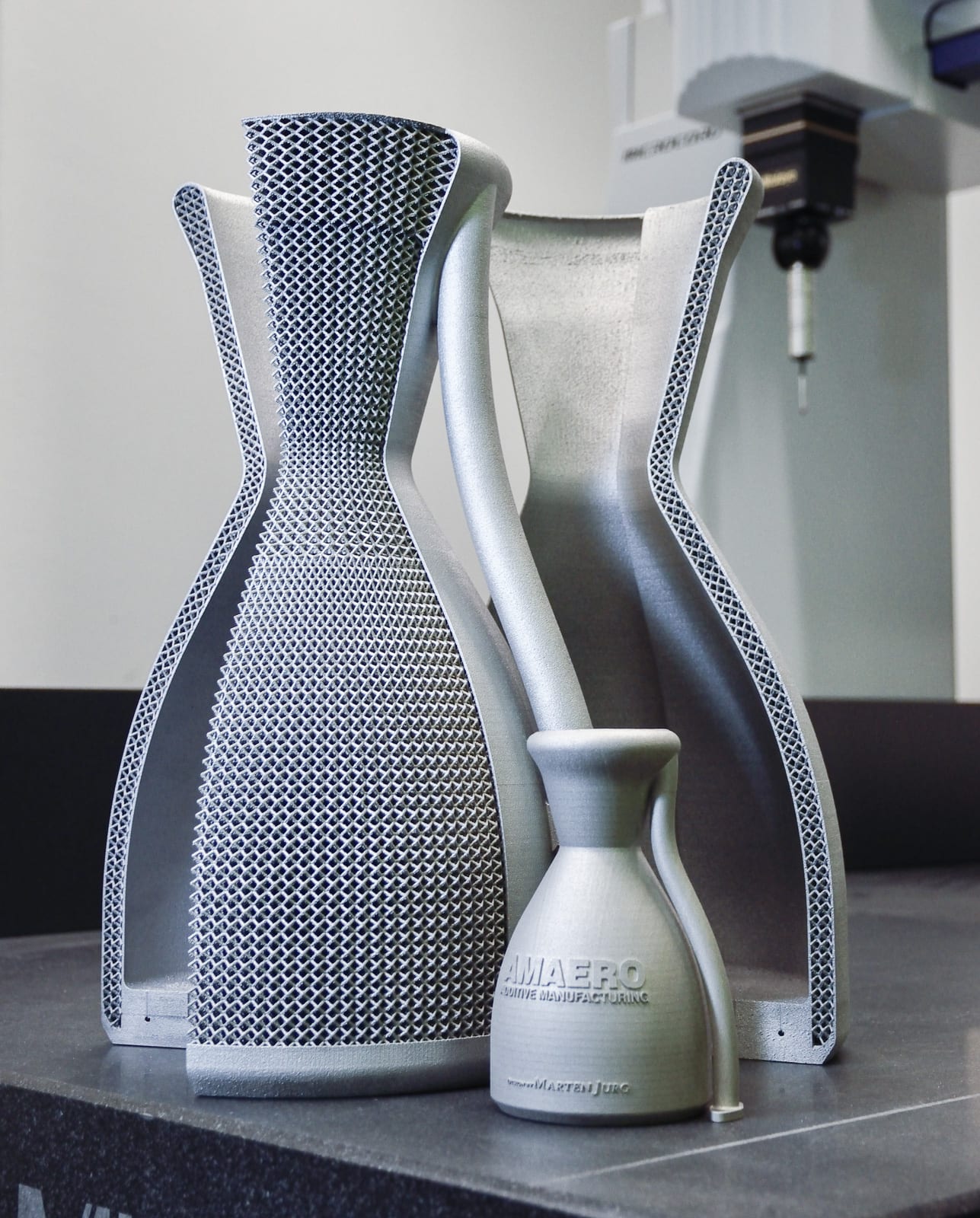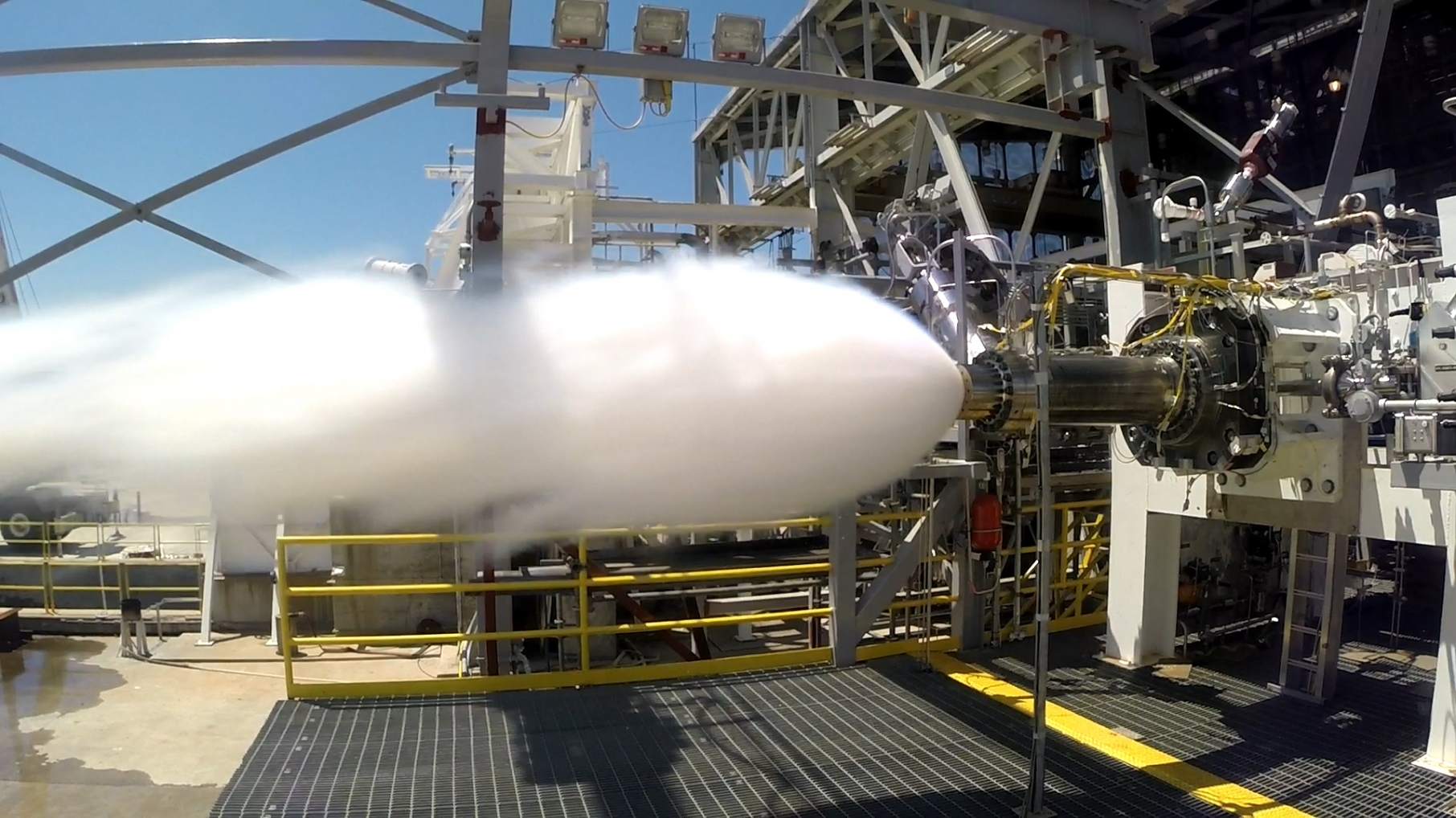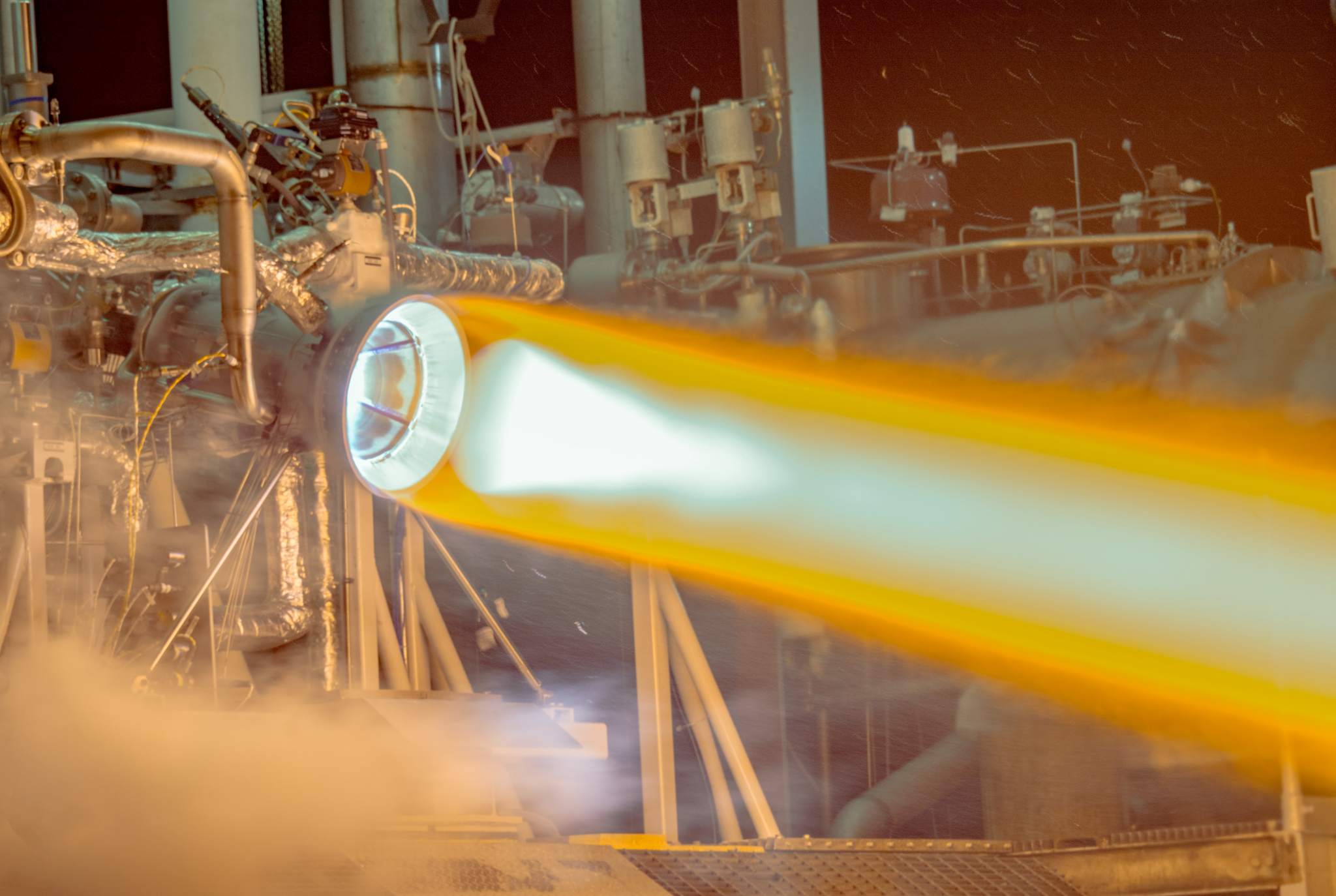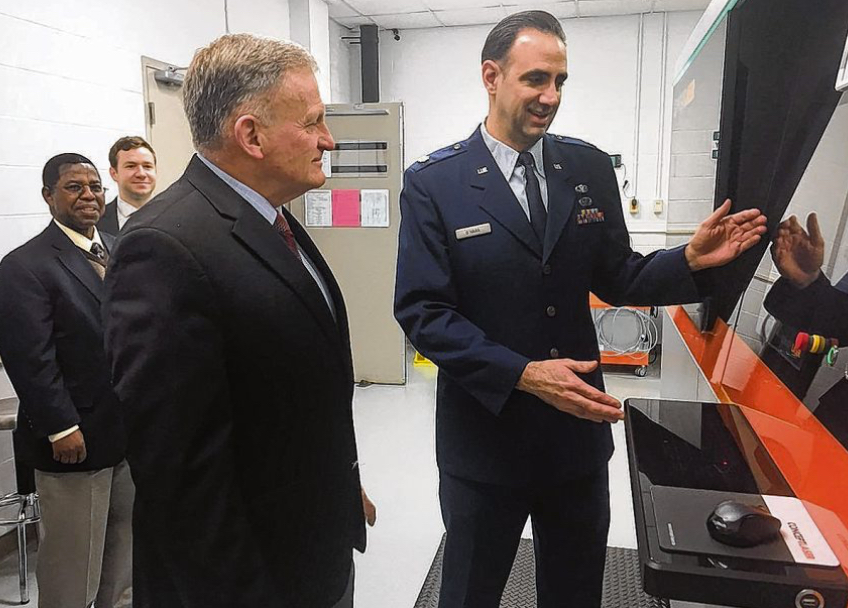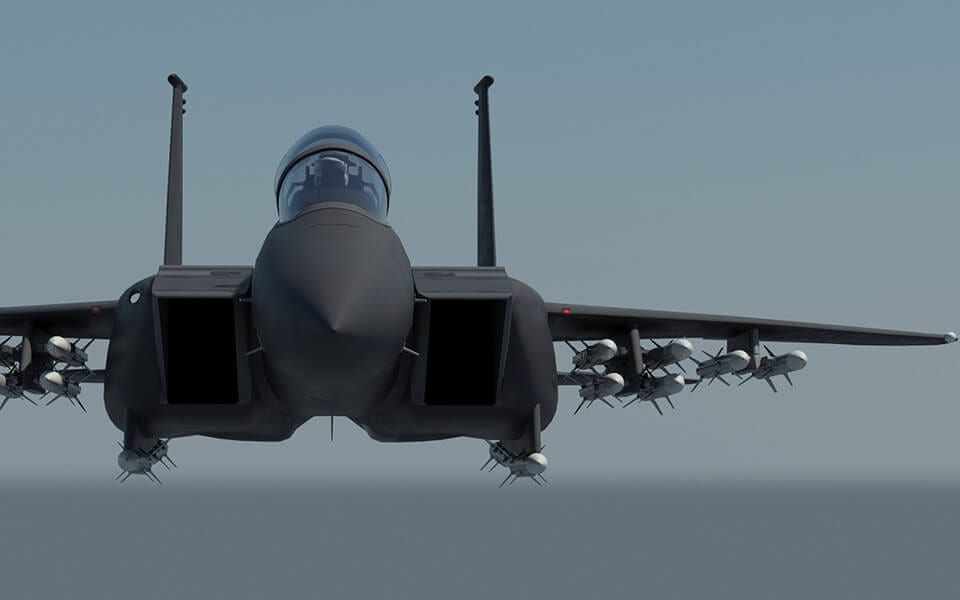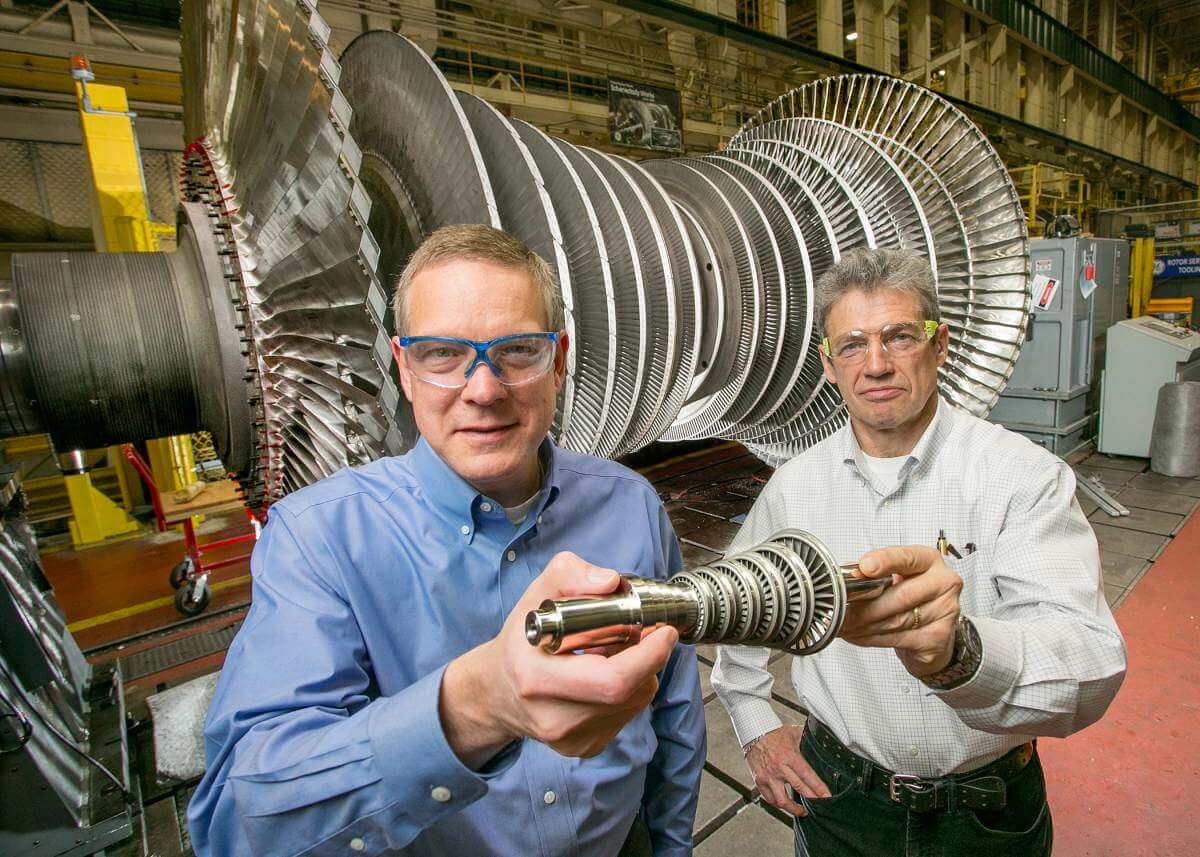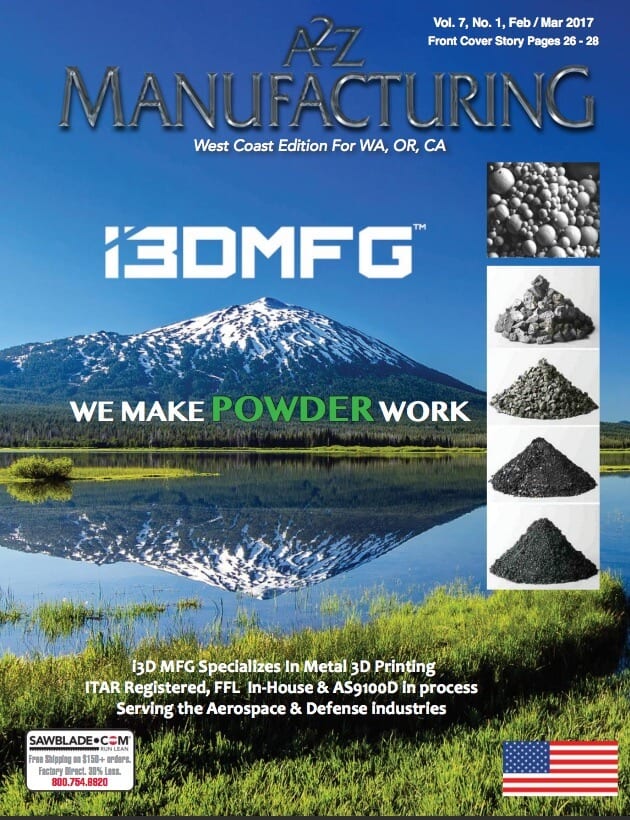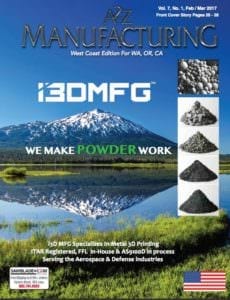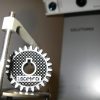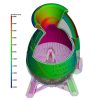By i3d
The Future Of Additive Manufacturing
Last year, GE made headlines in the Additive Manufacturing world when they announced the purchase of Arcam AB and Concept Laser. This was the largest deal to date in the 3D printing industry. GE, somewhat of a newcomer to 3D metal printing, is now helping to push and define the future of additive manufacturing.
GE’s current Chief Productivity Officer and Senior Vice President, Philippe Cochet spoke many years ago about how, “the application of insights from digital connectivity with intelligent devices will elevate the skills of our workforce.”
As GE has ventured into the industry, they have defined three levels of thinking about additive manufacturing at an industrial level:
- Component thinking
- Systems thinking
- DfAM (tearing down the product and designing for additive manufacturing)
The well known CFM LEAP-1A Fuel Nozzle is classed as level 1 additive thinking. In this case additive manufacturing was applied to an existing multi piece part, reducing the number of components from 20 to a single piece. One particularly costly process that was eliminated by the move to 3D printing was that a nickel alloy brazed together with foils using gold, in traditional nozzle method is no longer required.
An example of level 2 thinking is the CT7 Combustor. This was an 18 month project on an engine that powers fixed wing craft. By using 3D printing, over 100 pieces were consolidated into one. (systems thinking)
Level 3, however, is where GE is today. An example is the Advanced Turboprop engine (ATP). 855 parts were reduced to 12 and the new process eliminated structural castings (though some casting is still required). The ATP has 20% lowered mission fuel burn, 5% weight reduction and the test schedule was reduced from 12 to 6 months.
Achieving these types of results is what will be driving additive manufacturing and the future of the industry. This gives freedom to enterprises seeking to push the boundaries of what is possible.
Like this:
Like Loading...
